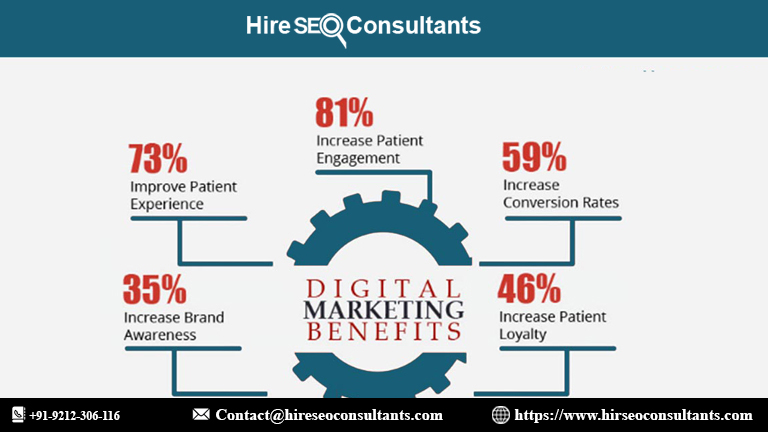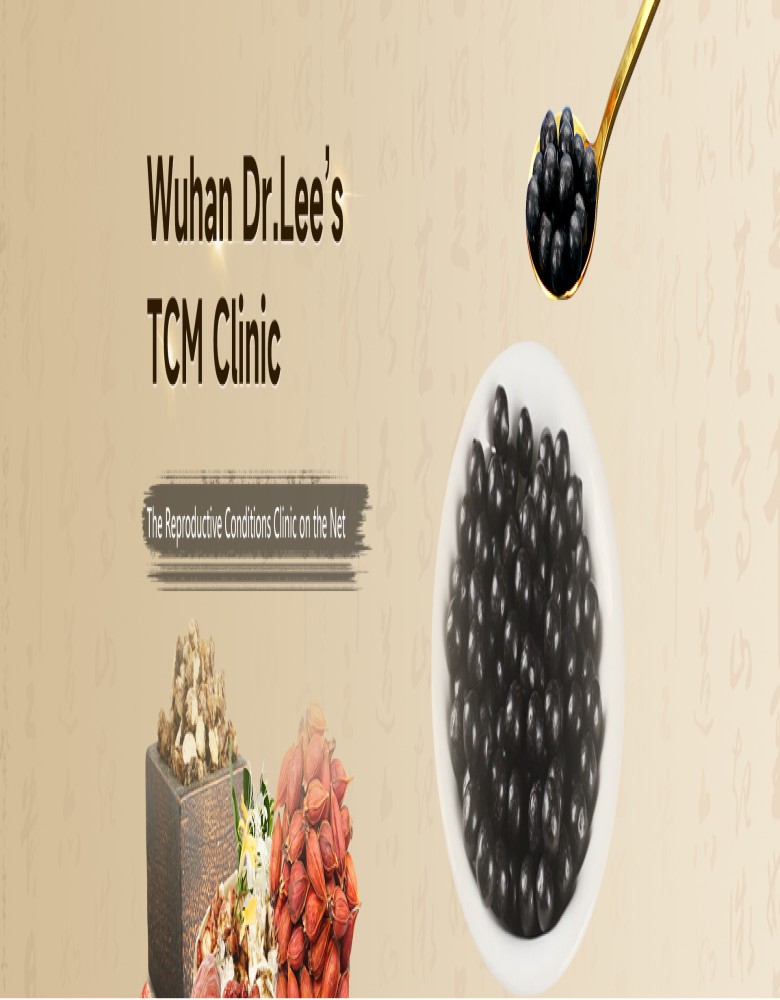How can I use persuasive design principles in my calls-to-action to increase conversions?
Discover how to harness persuasive design principles in your calls-to-action to boost conversions. Learn to craft compelling messages, leverage psychological triggers, and design visually appealing buttons to drive user engagement and achieve higher conversion rates. Unlock the secrets to making your CTAs more effective and persuasive.
In the competitive digital landscape, where every click counts, the effectiveness of your calls-to-action (CTAs) can make or break your conversion rates. Persuasive design principles are key to crafting CTAs that not only capture attention but also drive user action. This article delves into how you can leverage these principles to enhance your CTAs and boost conversions, focusing on strategies that can be implemented to create compelling, high-performing calls-to-action.
Understanding Persuasive Design Principles
Persuasive design principles are based on psychological insights into how people make decisions and how they are influenced by design elements. These principles guide the creation of CTAs that resonate with users, appealing to their emotions and motivations. Here’s how you can apply these principles to enhance your CTAs:
Leverage the Principle of Reciprocity
The principle of reciprocity suggests that people feel obligated to return a favor when one is given to them. In the context of CTAs, you can use this principle by offering something valuable to your users before asking them to take action. For instance, you might provide a free ebook, a discount, or a useful tool in exchange for their contact information or a click on your CTA button. By giving first, you create a sense of obligation that increases the likelihood of users responding positively to your CTA.
Use the Principle of Scarcity
Scarcity is a powerful motivator. When something is perceived as scarce, its value is often seen as higher. You can use this principle in your CTAs by highlighting limited-time offers, low stock levels, or exclusive deals. Phrases like “Limited Time Offer” or “Only 3 Spots Left” can create a sense of urgency that drives users to act quickly to avoid missing out. Scarcity can effectively increase conversion rates by prompting users to take immediate action.
Implement the Principle of Social Proof
Social proof leverages the behavior of others to influence individual decisions. When users see that others have made similar decisions, they are more likely to follow suit. Incorporate testimonials, user reviews, or social media mentions into your CTAs to build trust and credibility. For example, a CTA that says “Join 1,000+ Satisfied Customers” or “See Why Others Love Our Product” can boost user confidence and increase the likelihood of conversion.
Apply the Principle of Authority
Authority implies expertise and trustworthiness. By positioning your brand or CTA as an authoritative source, you can influence user behavior. Use authoritative language and design elements to convey expertise and reliability. This could involve showcasing certifications, endorsements from industry experts, or professional design elements that reflect your credibility. An authoritative CTA might include phrases like “Recommended by Experts” or “Trusted by Leading Brands.”
Utilize the Principle of Consistency
The principle of consistency suggests that once people commit to a certain idea or behavior, they are more likely to stick with it. Apply this principle by ensuring that your CTAs align with previous actions or messages users have interacted with. For example, if a user has downloaded a free guide, your CTA could offer a related product or service, reinforcing the initial commitment and encouraging further action.
Enhance Your CTA with Emotional Appeals
Emotional appeals are a significant factor in persuasive design. People often make decisions based on emotions rather than logic. Craft your CTAs to evoke positive emotions such as happiness, excitement, or relief. Use emotionally charged words and design elements to create a connection with your audience. For example, a CTA that says “Transform Your Life Today” or “Experience the Joy of Effortless Solutions” can resonate more deeply with users and drive conversions.
Design for Clarity and Simplicity
A clear and simple CTA is more effective than one that is cluttered or ambiguous. Ensure that your CTA is easily understandable and visually distinct from other elements on the page. Use concise and direct language that clearly communicates the action you want users to take. For example, instead of a vague “Click Here,” use a specific CTA like “Get Your Free Quote” or “Start Your Free Trial.” The clearer and more straightforward your CTA, the more likely users are to respond.
Optimize the Placement of Your CTA
The placement of your CTA can significantly impact its effectiveness. Position your CTA where it is easily visible and accessible to users. Common practices include placing CTAs above the fold, where users can see them without scrolling, and in strategic locations throughout the content to capture attention at multiple points. Experiment with different placements to find what works best for your audience and ensure that your CTA is always within reach.
Incorporate Visual Hierarchy
Visual hierarchy involves arranging design elements to guide users' attention in a way that prioritizes key information. Use visual hierarchy principles to make your CTA stand out on the page. This can be achieved through the use of contrasting colors, larger font sizes, and prominent placement. Ensure that your CTA is the focal point of your design, drawing users' eyes directly to it and making it easy for them to take action.
Test and Refine Your CTAs
Continuous testing and refinement are crucial to optimizing your CTAs for maximum conversions. Use A/B testing to compare different versions of your CTAs and identify which elements perform best. Test various aspects such as wording, colors, placement, and design to determine what resonates most with your audience. Analyzing the results of these tests will provide valuable insights into how you can further improve your CTAs and drive better results.
Frequently Asked Questions
1. What is the most important factor in creating an effective CTA?
The most important factor is clarity. Your CTA should be clear and direct, making it easy for users to understand what action you want them to take. Avoid ambiguous language and ensure that the CTA stands out visually from other elements on the page.
2. How can I make my CTA stand out on a crowded page?
To make your CTA stand out, use contrasting colors, larger font sizes, and prominent placement. Ensure that your CTA is visually distinct and easily noticeable amidst other content. Incorporate visual hierarchy to draw users’ attention to the CTA.
3. How do I know if my CTA is persuasive enough?
You can gauge the effectiveness of your CTA through A/B testing and analytics. Test different versions of your CTA to see which performs best in terms of clicks and conversions. Analyze user behavior and feedback to determine if the CTA effectively captures attention and motivates action.
4. How often should I update my CTAs?
Regular updates are recommended to keep your CTAs relevant and aligned with current trends and user preferences. Continuously test and refine your CTAs based on performance data and user feedback to ensure they remain effective and engaging.
5. Can I use multiple CTAs on a single page?
Yes, you can use multiple CTAs on a single page, but it’s essential to ensure they are not overwhelming or confusing. Each CTA should have a clear purpose and be strategically placed to guide users through the desired actions without causing distraction or decision fatigue.
By applying these persuasive design principles to your CTAs, you can significantly enhance their effectiveness and drive higher conversion rates. Focus on clarity, emotional appeal, and strategic placement to create CTAs that not only attract attention but also compel users to take action.
Get in Touch
Website – https://www.webinfomatrix.com
Mobile - +91 9212306116
Whatsapp – https://call.whatsapp.com/voice/9rqVJyqSNMhpdFkKPZGYKj
Skype – shalabh.mishra
Telegram – shalabhmishra
Email - info@webinfomatrix.com
What's Your Reaction?
















